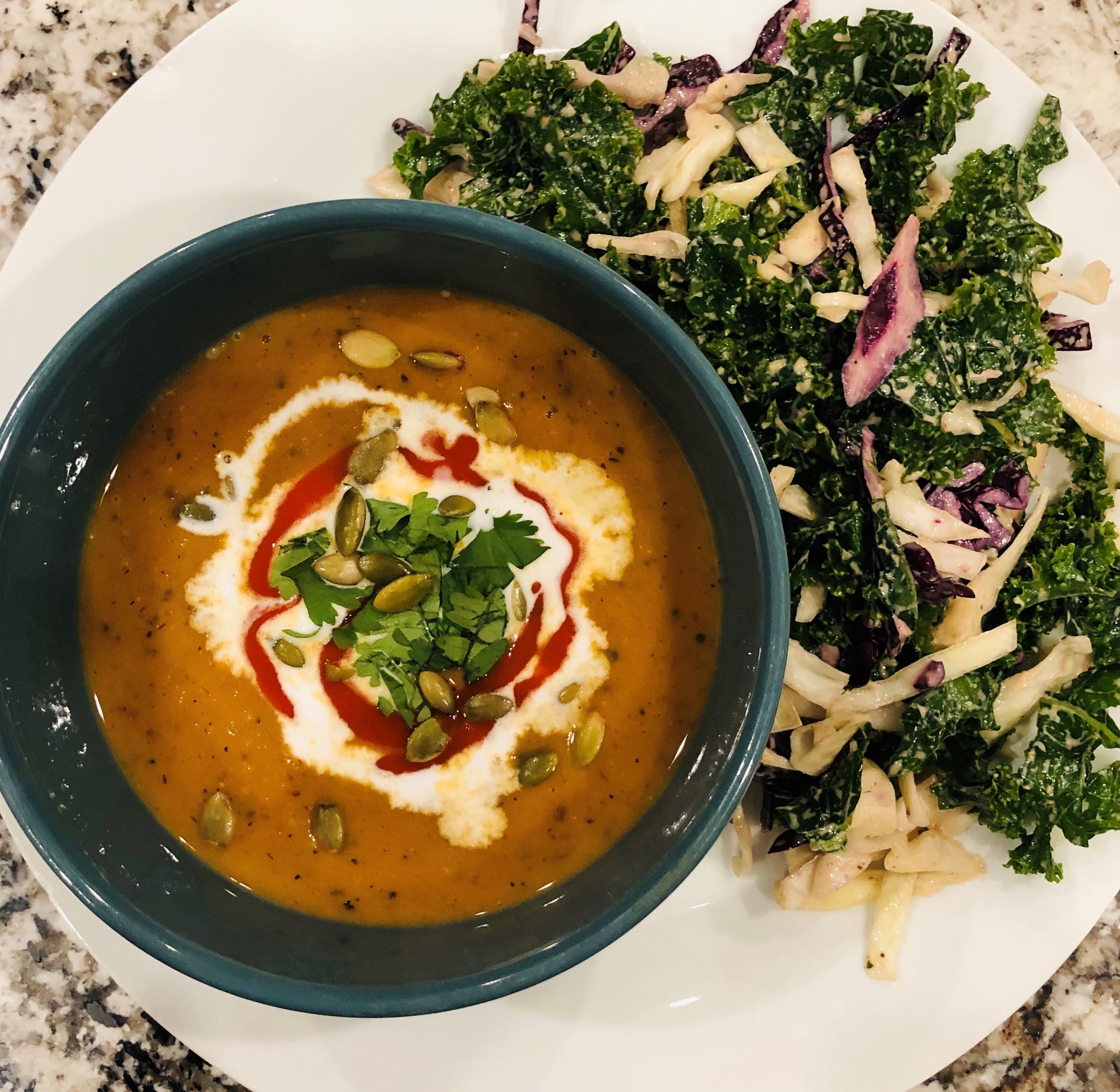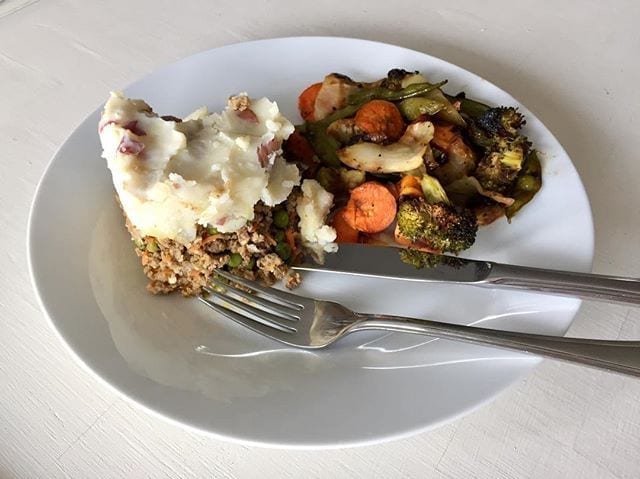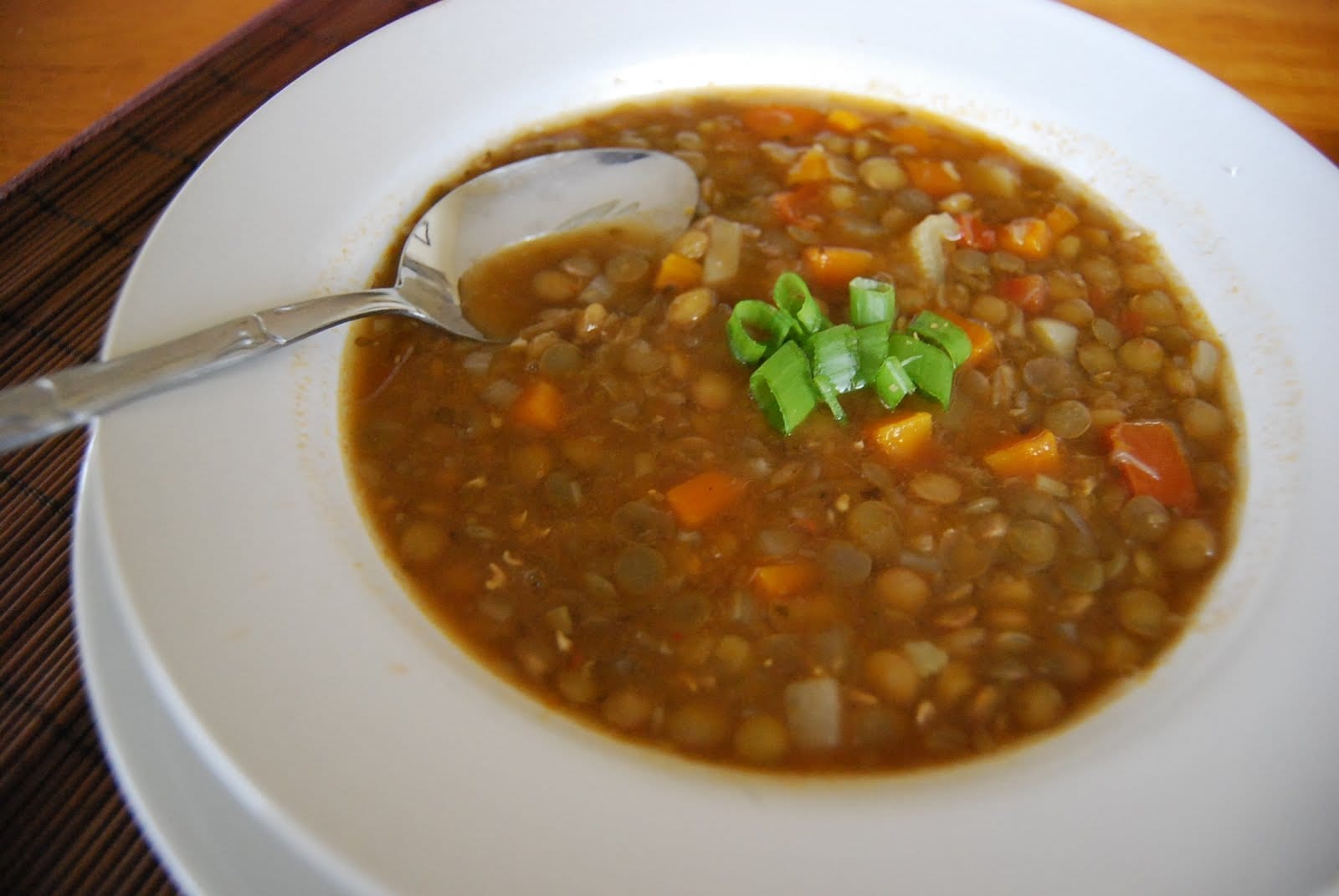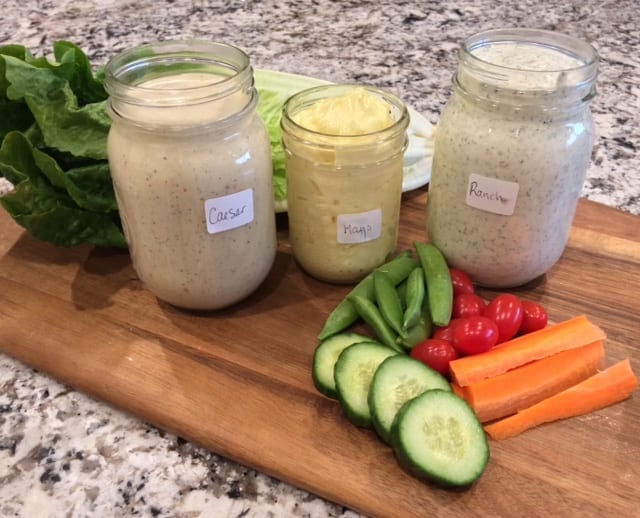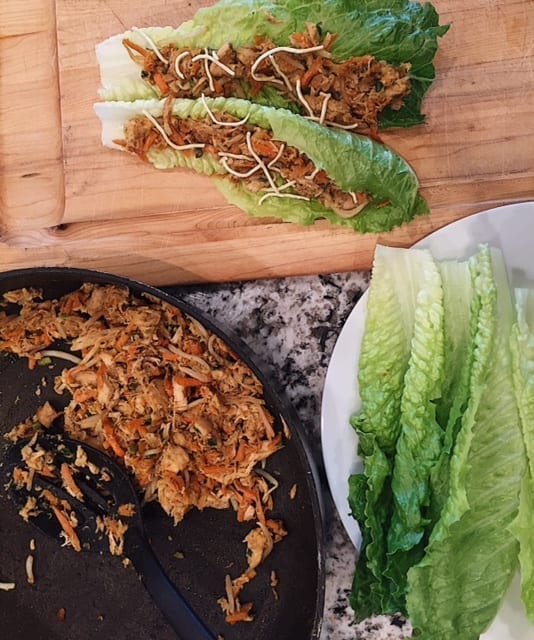Anti-Nutrients
It is generally accepted that a balanced diet of whole, natural foods is the cornerstone of optimal health. Whole grains, nuts, seeds, and beans are an good source of complex carbohydrates, and we are encouraged to eat these regularly.
So what’s the problem?
Our modern Western diet doesn’t prepare these foods properly in a traditional manner.
We are encouraged to increase complex carbohydrates in our diet, however eating these foods in their raw state can cause health problems as we lack the enzymes to digest them, creating nutritional deficiencies and digestive problems. With all the well-intended advice of many health professionals to consume more whole grains as our ancestors did, then we need to also PREPARE them as our ancestors did, or risk harmful health consequences.
Phytic acid (also known as phytate) and lectins are substances found in the outer coating of grains, nuts, seeds, and legumes. They are the preservation system of these plant foods to prevent them from sprouting before they are ready to grow into a new plant. Phytic acid is the storage form of phosphorous, an important mineral, however it’s unavailable to us in this form. It binds to calcium, magnesium, copper, iron, and zinc, removing these minerals from our bodies and creating mineral deficiencies when these foods are eaten in large quantities. It also inhibits digestive enzymes such as pepsin and trypsin which breaks down proteins, and amylase which breaks down starch, causing nutrient deficiencies and digestive problems.
Within these foods there is an enzyme called phytase. It is activated in the right conditions (acidity, moisture and warmth) to neutralize phytic acid and frees up the phosphorous. In nature, this allows the seed to sprout and grow a new plant. For our purposes, phytase removes the phytic acid and allows us to digest the food and absorb important nutrients. As an example, in the absence of phytic acid in a particular food, we actually absorb 60% more magnesium and 20% more zinc.
As humans we do not produce enough phytase to consume and properly digest high phytate foods. However, some phytase is produced in our bodies by lactobacilli and other microflora in our digestive sytem, so the healthier our gut flora, the better we can digest these foods.
So eat your fermented foods! 🙂
What can we do to avoid this problem and benefit from these nutrient dense foods?
SOAK and SPROUT!
Soaking and sprouting these foods creates the same effect found in nature to neutralize phytic acid and release the enzyme phytase to begin “digesting” the grains, nuts, seeds, and beans, as well as releasing many vitamins. Cooking alone will not do this. They must be soaked or sprouted in water for up to 36 hours, then drained and rinsed. Adding a tablespoon of apple cider vinegar or 1 tsp of unrefined salt to the water to help break down the phytic acid or lectins. They can be cooked immediately after soaking and rinsing. If being ground into flour or stored, then they must be dehydrated first.
Fermentation of high phytate grains such as wheat and rye eliminates phytic acid almost completely after 8 hours of fermentation. A popular variation of this traditional method is sourdough bread.
Nuts and seeds used as snacks and butters are best soaked for 12-18 hours, rinsing once in between. After a final rinse, they should dehydrated at low temperatures. This is especially important in diets with high nut consumption such as GAPS and Paleo.
Beans are best soaked for 8-12 hours prior to cooking, or if you have the time, soaked and sprouted for 36 hours, draining and rinsing every 12 hours before cooking.
This may sound overwhelming, but it takes minimal actual time, just planning ahead, and well worth the effort! This is especially true if you are already dealing with any digestive issues.
More information available at www.westonaprice.org/health-topics/living-with-phytic-acid/

